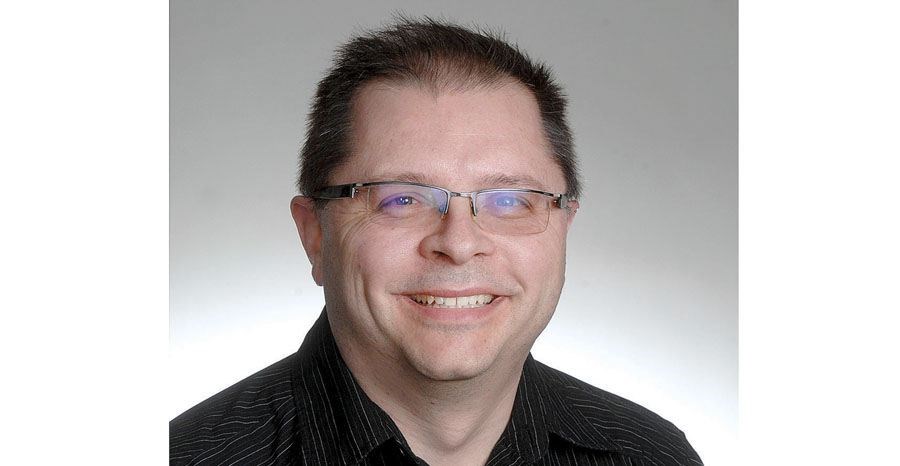Five-year-old Collyns Doran has Bainbridge Ropers syndrome, a condition so rare and unusual that it wasn't formally identified as a disease until two years ago. She is the eighth reported case in the world.
Collyns was diagnosed by the CAUSES Research Clinic at B.C. Children's Hospital last June. She was one of 500 children with undiagnosed conditions taking part in a pilot study to possibly connect rare disorders to patients through testing of family genomes. Researchers learned that a mutation in her ASXL3 gene, a key "operator gene" involved in the work other genes do for the development of numerous physical systems, caused her disease.
Collyns's parents, on the other hand, learned nothing at all. They have a name for their daughter's condition but they have no new information on coping with her present circumstances or options to help Collyns develop. Sadly, even with the most cutting-edge research and technology, the understanding of genetic disorders is coming slowly, divorced from the reality of parents like Susan and Will Doran, who are trying like all parents to do everything they can to give their daughter the best future possible.
While doctors and child development experts will work closely with the Dorans on what that looks like, DNA researchers will continue their work, approaching the problem of genetic disorders from the preventative side, despite little conversation outside of medical ethics and philosophy classrooms on the complex ethical and moral implications.
Testing a living human being is one thing but what about running the same test on a fetus in its first trimester of development? What are the responsibilities of clinicians to share the results of such tests with pregnant women and what choices are before those women and their partners when genetic abnormalities have been identified in their future child?
There are already numerous tests done, starting with a basic ultrasound, to identify in utero issues, which then allow families to make difficult and deeply personal choices regarding whether the pregnancy should be terminated. Genetic testing, however, opens up the possibility of complicating those decisions even more.
Angelina Jolie chose to have a preventative double mastectomy and then have her ovaries and fallopian tubes removed, not because she had cancer, but because the mutation in her BRCA1 gene gave her an 87 per cent chance of getting breast cancer and a 50 per cent chance of ovarian cancer.
As she explained in the New York Times last spring, cancer had already claimed her mother, her grandmother and her aunt.
These risk assessments, whether for a living adult or a fetus in utero, are based solely on genetic variables without the consideration of environmental factors. Jolie could still die of cancer caused by cigarette smoking or radon or a whole host of other non-genetic contributors. Her surgical procedures have only reduced the odds of her genetic disposition towards cancer.
Meanwhile, researchers are working towards the possibility of in utero genetic treatment and being able to manually correct spelling mistakes in the sequence of three billion letters that make up the human genome early in the pregnancy. Developing the technological ability to control a pregnancy at the genetic level needs to happen alongside a framework on how decisions will be made about when to exercise that control and to what degree.
Manipulating genes to reduce the biological risk of acquiring cancer seems reasonable but what about using the same procedure to eliminate developmental conditions, from the rare Bainbridge Ropers syndrome that Collyns has to the far more common Down's Syndrome? What does such a decision (or even considering it) say about the value of the lives of these people? And where does the manipulation stop? Deafness? Drawfism? Baldness? Sexuality? Race?
In the here and now, however, the Dorans have a beautiful little girl. She is more than a genetic mutation, more than one in a billion.
She is Collyns, like no other human being before her and like none after her, both as a biological entity and as a person.
Never forgetting that is what makes her and the rest of us more human.
-- Managing editor Neil Godbout



